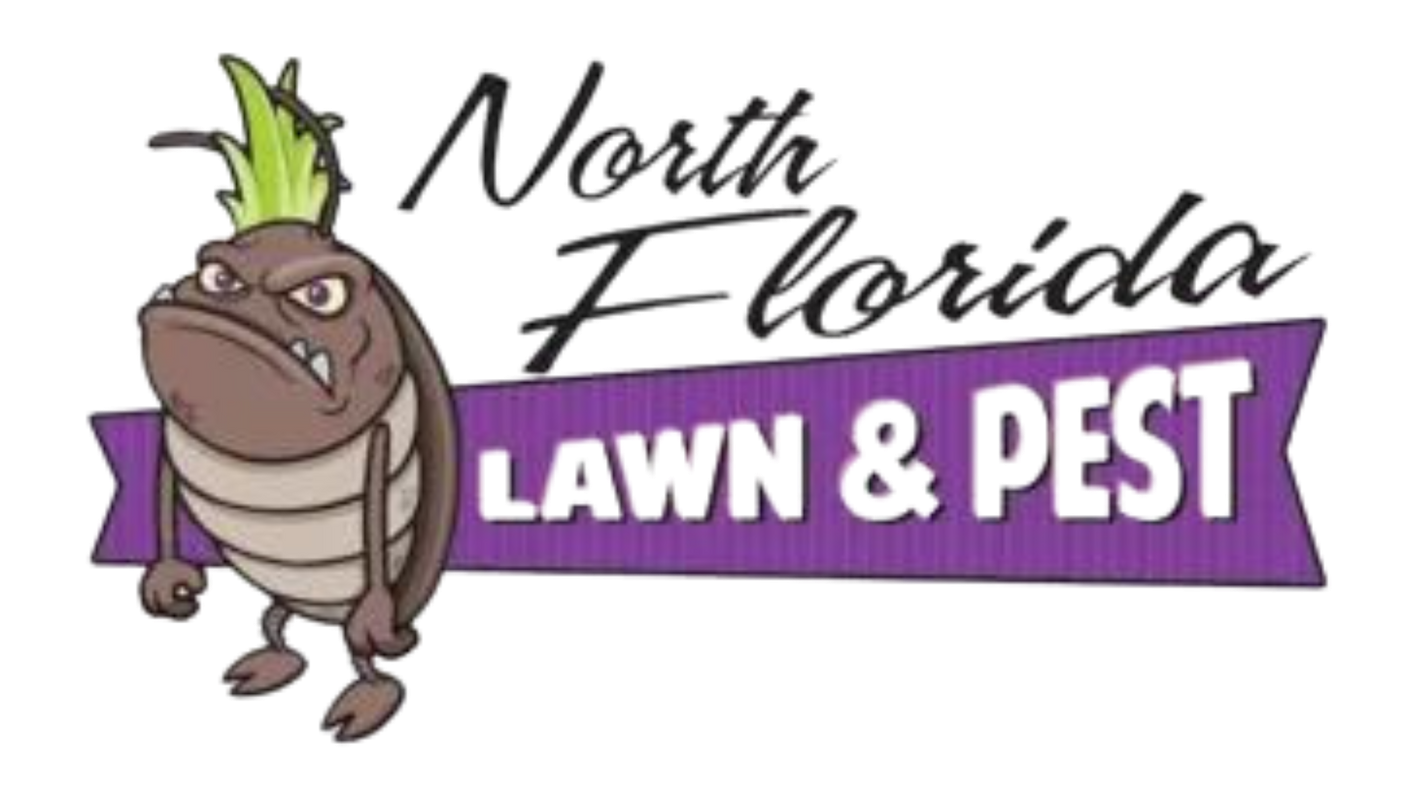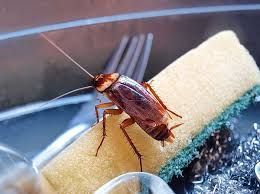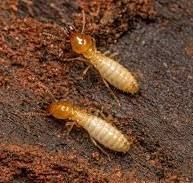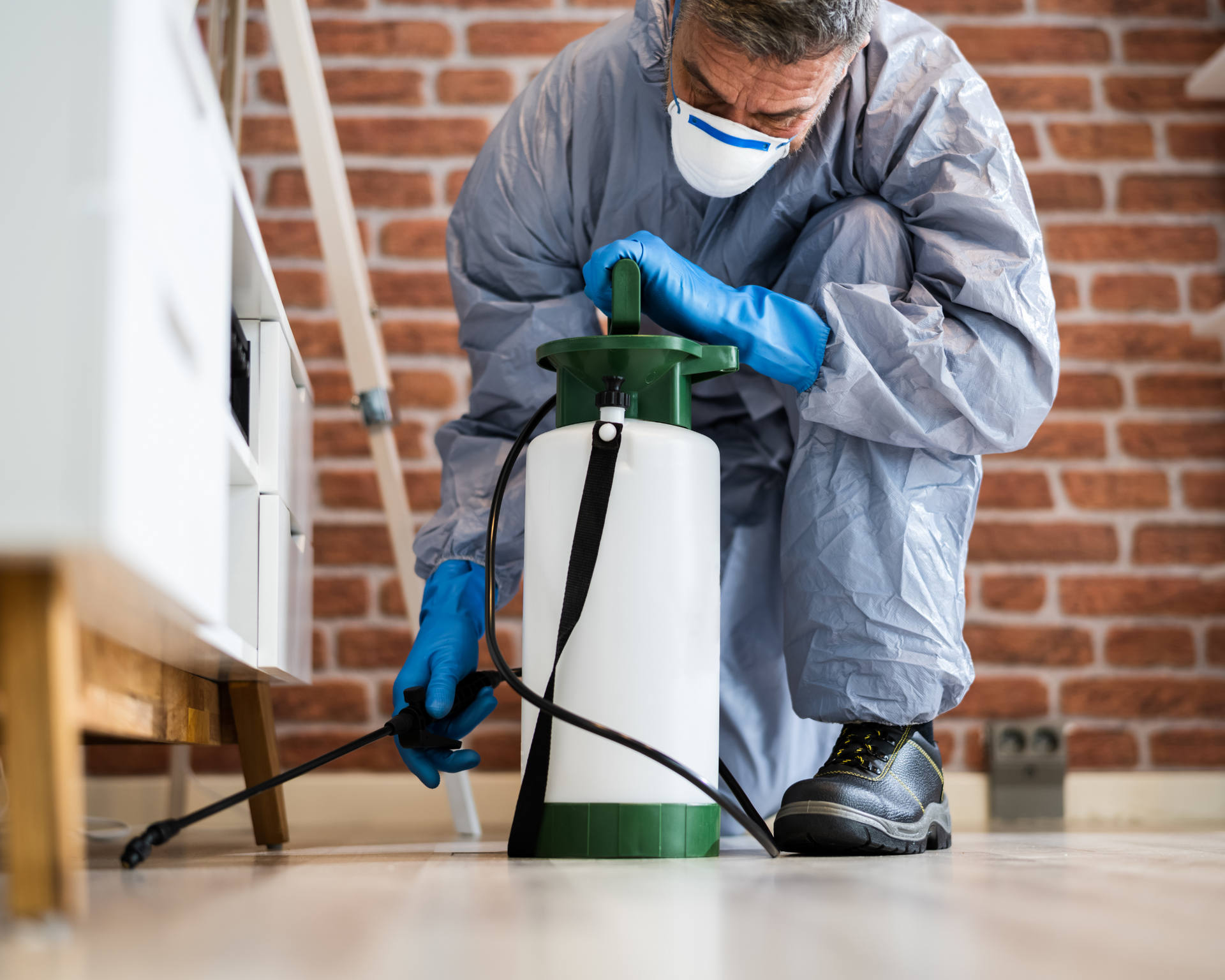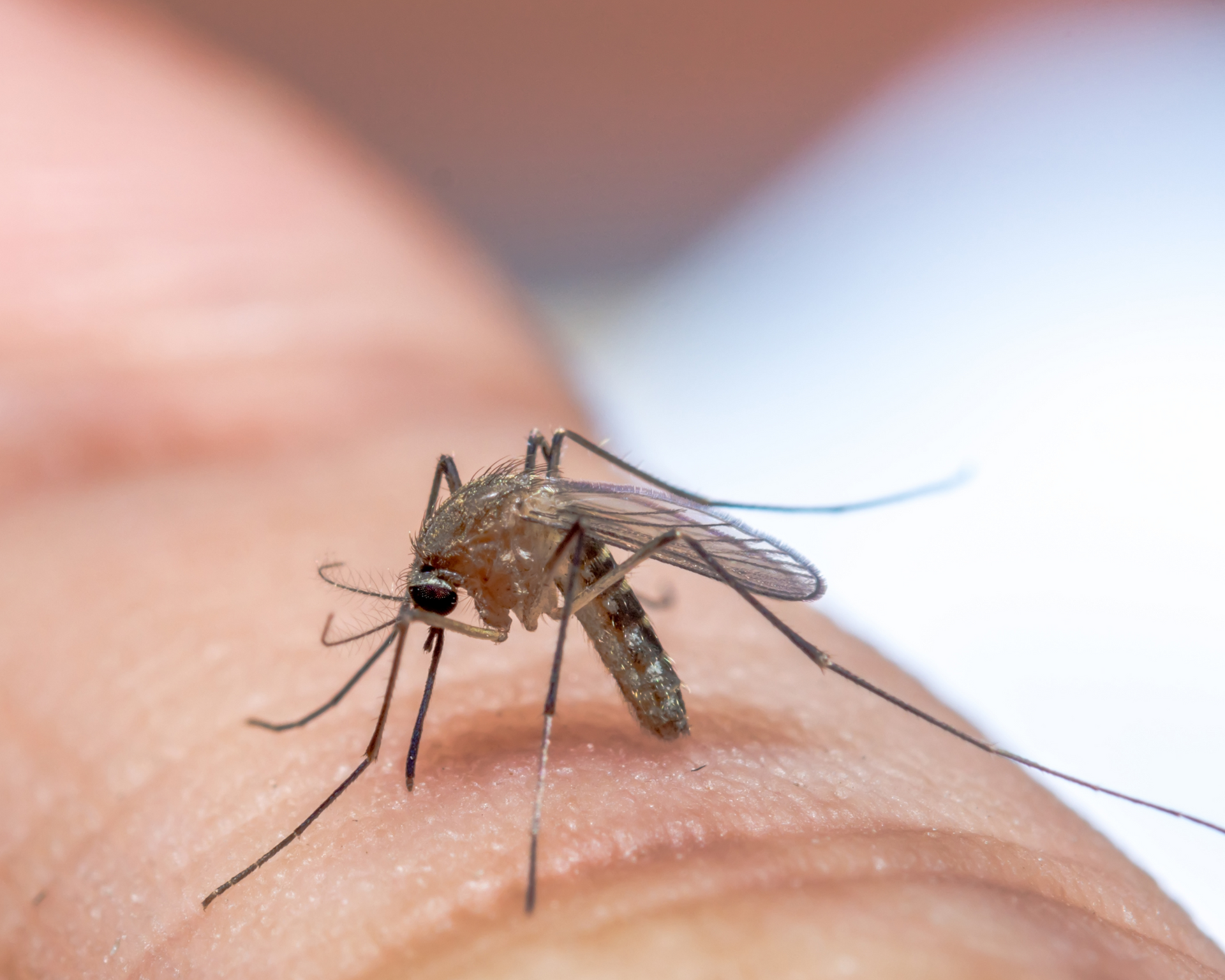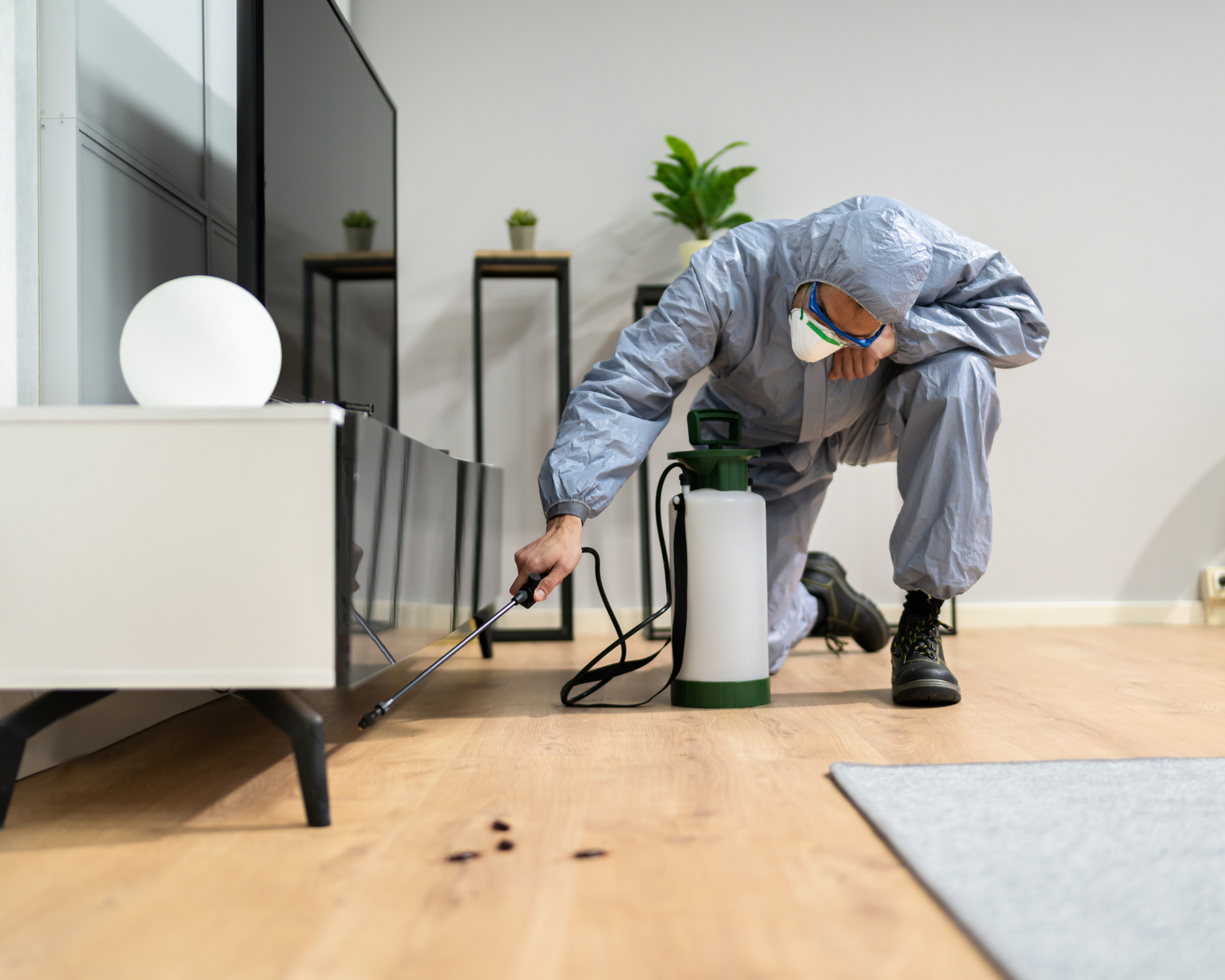What Should You Expect During a Pest Control Inspection?
What Does Pest Control Inspection Entail?
Discovering pests in your home can be stressful, but a professional pest control inspection is the first step to solving the problem. Whether you suspect termites, rodents, or insects, a thorough inspection helps identify the issue and create a plan to get rid of pests for good.
If you’ve never had a pest control inspection before, you might wonder what to expect. This guide will walk you through the process, step by step, so you feel prepared and know what to do next.
Why Do You Need a Pest Control Inspection?
Pest control inspections are important for several reasons:
✔
Confirming an infestation – If you’ve seen signs of pests but aren’t sure what’s causing them, an inspection helps identify the problem.
✔
Preventing damage – Termites, rodents, and other pests can cause costly damage to your home if left untreated.
✔
Keeping your family safe – Some pests carry diseases or trigger allergies, so it’s important to address infestations quickly.
✔
Planning proper treatment – A professional inspection ensures the right methods are used to remove pests effectively.
Even if you don’t currently see pests, regular inspections can
prevent problems before they start.
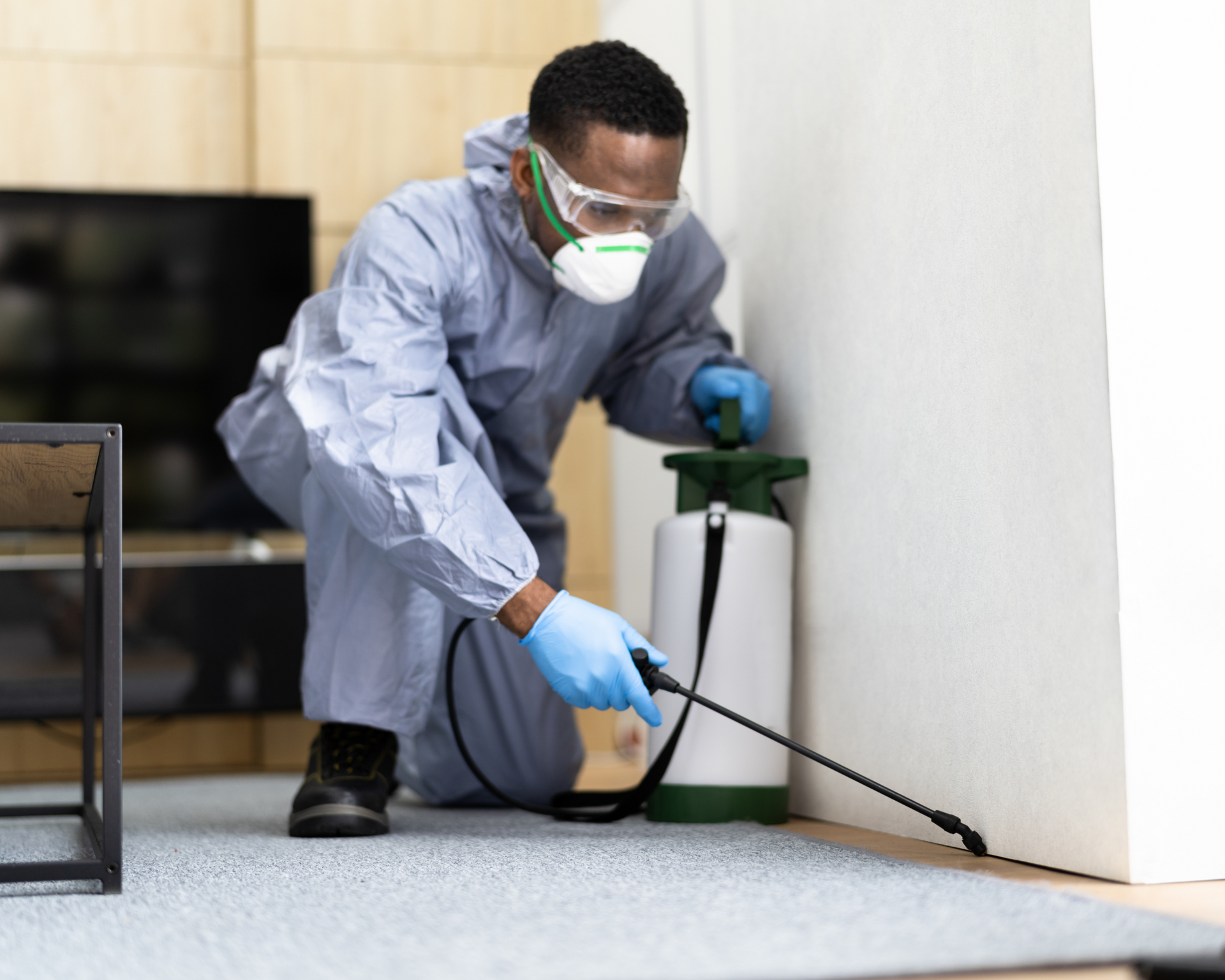
1. What Happens During a Pest Control Inspection?
A pest control inspection is a detailed examination of your home and property to look for signs of pests. Here’s what you can expect:
Step 1: Talking with the Inspector
When the pest control professional arrives, they will ask questions about what you’ve noticed, such as:
- Have you seen live pests?
- Have you noticed droppings, chew marks, or other damage?
- Are there any unusual smells or noises, like scratching in the walls?
Providing as much detail as possible will help the inspector focus on the right areas.
Step 2: Interior Inspection
Next, the inspector will check inside your home, looking for pest activity, damage, and entry points. They may examine:
- Kitchens and pantries – Pests like cockroaches, ants, and rodents love food sources.
- Bathrooms and basements – Some pests, like silverfish and termites, are attracted to moisture.
- Attics and crawl spaces – Rodents and insects often hide in dark, undisturbed areas.
- Walls, baseboards, and ceilings – Signs like droppings, grease marks, or holes may indicate pest activity.
They may use a flashlight, moisture meter, or even a small tool to probe wood for signs of termites or other hidden pests.
Step 3: Exterior Inspection
Pests often enter your home from the outside. The inspector will check:
- Doors and windows – Gaps or torn screens can let pests in.
- Foundation and walls – Cracks and holes may serve as entry points for rodents or insects.
- Roof and gutters – Nesting birds, squirrels, or even wasps could be hiding in these areas.
- Yard and landscaping – Overgrown plants, wood piles, and standing water can attract pests.
If you have a detached garage, shed, or other structures, the inspector may check those too.
Step 4: Identifying the Type of Pests
Once the inspection is complete, the professional will determine:
- What type of pests you have – Different pests require different treatment methods.
- How severe the problem is – A few ants might not be a big issue, but a large colony of termites is urgent.
- Where the pests are coming from – Entry points must be sealed to stop pests from returning.
2. What Happens After the Inspection?
After finishing the inspection, the pest control expert will discuss their findings with you. They will explain:
✔ What pests were found (if any)
✔
How serious the problem is
✔
Recommended treatment options
✔
Preventive measures to avoid future infestations
If treatment is needed, they may schedule a service to remove the pests and help you take steps to keep them from coming back.
3. How Can You Prepare for a Pest Inspection?
Before the inspector arrives, you can do a few things to make the process smoother:
✅
Clear clutter – Move furniture, storage boxes, and other items away from walls so the inspector can access key areas.
✅
Clean up crumbs and spills – While a little mess won’t prevent an inspection, cleaning up food sources can help pinpoint the issue.
✅
Take note of pest activity – If you’ve seen pests or signs of them, write down where and when you noticed them.
✅
Secure pets – If you have pets, keep them in a separate room so they don’t interfere with the inspection.
These simple steps help the pest control expert work more efficiently and identify issues faster.
4. How Often Should You Get a Pest Inspection?
Even if you don’t see pests, regular inspections can help catch problems early. Here’s a general guideline:
- Once a year for general prevention
- Every 6 months if you’ve had past infestations
- Immediately if you see signs of pests
If you live in an area prone to termites, rodents, or seasonal pests, more frequent inspections may be needed.
5. When Should You Call a Pest Control Professional?
If you’re dealing with any of the following, it’s best to schedule an inspection right away:
🚨
Unusual smells or droppings – Signs of rodents or insects in your home.
🚨
Hearing scratching sounds – Could mean mice, rats, or even larger animals in your walls or attic.
🚨
Sudden increase in pests – Seeing more ants, roaches, or flies than usual.
🚨
Unexplained damage – Chewed wires, gnawed furniture, or holes in walls.
A professional can quickly
assess the situation and take action before the problem worsens.
Want To Learn More? Contact Us
A pest control inspection is a crucial step in identifying and addressing potential infestations in your home. During the process, a professional will thoroughly examine key areas, including kitchens, basements, and entry points, to detect signs of pests and assess any vulnerabilities.
Expect the inspector to check for droppings, nesting materials, and structural damage while also providing recommendations for prevention. This may include sealing cracks, improving sanitation, and eliminating food and water sources that attract pests.
If you're concerned about a pest issue, our expert team is ready to assist. Contact us today to schedule a thorough pest control inspection and keep your home protected from unwanted invaders.
Our Additional Posts On Pest Control
Copyright © 2024 - St Augustine Pest Control by NFLP All Rights Reserved
